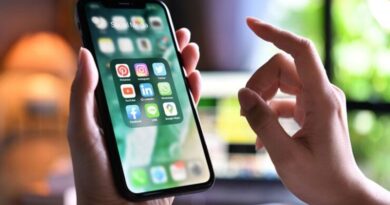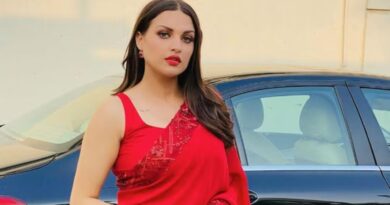Embark on a journey through the upcoming missions of the Indian Space Research Organisation (ISRO) in 2024. ISRO has been making significant strides in space exploration, with successful missions such as Chandrayaan-3 and the Aditya-L1 Solar Mission. As the organization continues to expand its capabilities and achievements, it has planned several satellite missions set to launch in 2024.
From the XPoSat mission to study the brightest objects in the universe to the NISAR joint mission with NASA to study Earth’s surface, ISRO’s upcoming projects promise to push the boundaries of space exploration. Additionally, the Gaganyaan-1 and Gaganyaan-2 missions mark India’s first manned space missions, with test runs scheduled for the near future.
Furthermore, the Mangalyaan-2 mission aims to build on the success of India’s first Mars Orbiter Mission, while the Shukrayaan-1 mission is set to study the surface and atmosphere of the planet Venus.
Join us as we delve into the details of these upcoming ISRO missions, each poised to contribute to the advancement of space exploration and scientific discovery.
Upcoming ISRO Missions For This Year
The Indian Space Research Organisation (ISRO) continues to push the boundaries of space exploration, with an exciting lineup of missions for the year 2024. From advancements in polarimetry to venturing into the mysteries of Venus, ISRO’s upcoming missions promise groundbreaking discoveries and technological leaps. Let’s take a closer look at the seven missions set to unfold in the cosmos.
Quick Link: 8 Amazing Facts About Chandrayaan-3 Launch
1. PSLV-C58 with XPoSat (Jan 2024)
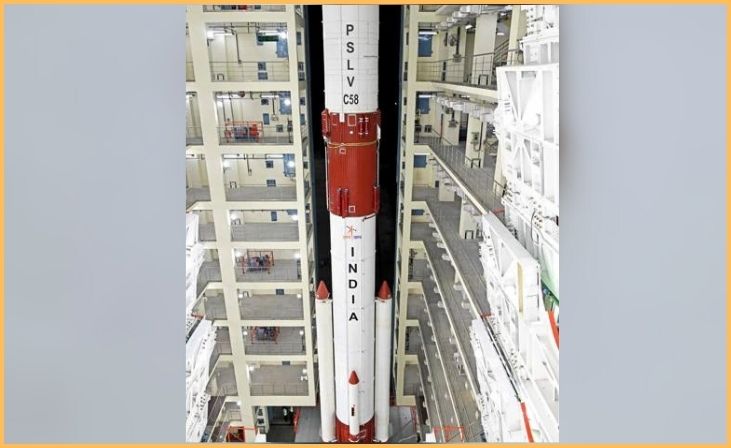
In a groundbreaking venture, ISRO takes a leap into the cosmos with the January 2024 launch of XPoSat, India’s inaugural X-Ray Polarimeter Satellite. This pioneering mission marks a significant stride in space exploration, focusing on advancing polarimetry in the X-ray spectrum.
XPoSat is designed to unravel new insights into celestial objects by analyzing X-rays, offering a novel perspective on the universe. As India’s first dedicated X-ray polarimeter, this satellite promises to contribute valuable data to the global scientific community, enhancing our understanding of high-energy astrophysical phenomena.
With its state-of-the-art instrumentation, XPoSat aims to capture the polarized X-ray emissions from various cosmic sources, shedding light on the intricacies of cosmic magnetic fields and the behavior of matter in extreme conditions. The mission underscores ISRO’s commitment to pushing the boundaries of space science and positioning India as a key player in unraveling the mysteries of the cosmos.
2. NISAR (Jan 2024)
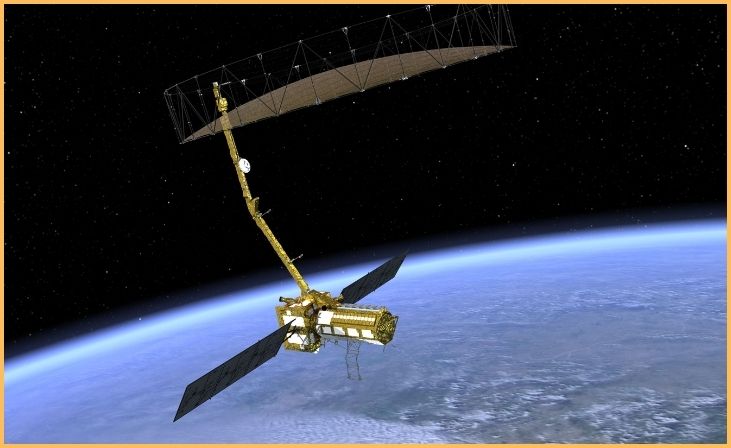
In a landmark collaboration with NASA, ISRO achieves a milestone with the launch of NISAR, a dual-frequency radar satellite. Set to revolutionize remote sensing, this joint endeavor combines the expertise of both space agencies. NISAR, or the NASA-ISRO Synthetic Aperture Radar, holds the promise of significantly enhancing Earth observation capabilities.
The satellite is designed to monitor dynamic processes on Earth, offering unprecedented insights into ecosystems, natural disasters, and climate changes. With dual-frequency radar, NISAR aims to provide high-resolution data that will empower scientists to study surface deformation with unparalleled accuracy.
This collaborative effort exemplifies the synergy between two leading space agencies, leveraging their collective strengths to advance our understanding of Earth’s ever-changing landscapes. NISAR’s launch underscores the importance of international collaboration in space exploration, fostering shared knowledge and capabilities for the benefit of global scientific research.
3. INSAT-3DS (Prospective Jan 2024)
Scheduled for launch in January 2024, INSAT-3DS stands as a pivotal communication satellite geared towards elevating India’s prowess in weather monitoring and disaster management. This anticipated satellite is equipped with cutting-edge communication technologies, positioning it as a crucial asset in addressing the challenges posed by natural disasters. INSAT-3DS is designed to enhance real-time data transmission, providing invaluable insights for weather forecasting and disaster response.
With its advanced capabilities, the satellite is poised to bolster India’s preparedness and resilience in managing and mitigating the impact of natural calamities. As a significant addition to the INSAT/GSAT series, INSAT-3DS underscores ISRO’s commitment to leveraging space technology for the betterment of society, particularly in critical domains that affect the safety and well-being of the nation.
4. Gaganyaan 1 (Jan/Feb 2024)
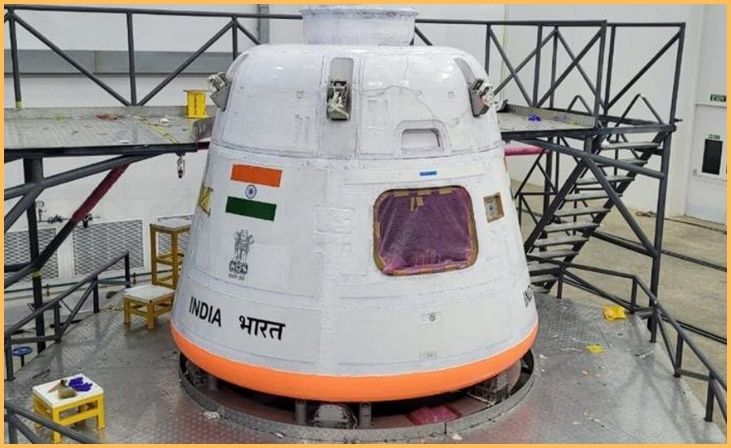
In a historic collaboration with Hindustan Aeronautics Limited (HAL), ISRO embarks on Gaganyaan 1, a momentous crewed test flight that signifies a major milestone in India’s Human Spaceflight Programme. This joint effort propels India closer to realizing its ambitious goal of sending humans into space. Gaganyaan 1 is a testament to the nation’s dedication to space exploration and human spaceflight capabilities. This crewed mission, undertaken with the expertise of HAL, showcases India’s growing prowess in aerospace engineering and technology.
As part of the larger Gaganyaan mission, this test flight lays the foundation for future crewed spaceflights, marking a significant leap in India’s space endeavors. Gaganyaan 1 reflects the nation’s commitment to space exploration, innovation, and its vision of contributing to humanity’s presence beyond Earth. The collaboration between ISRO and HAL demonstrates the synergy of India’s space agencies and industry, propelling the nation into a new era of space exploration.
5. Mangalyaan-2 (MOM 2)
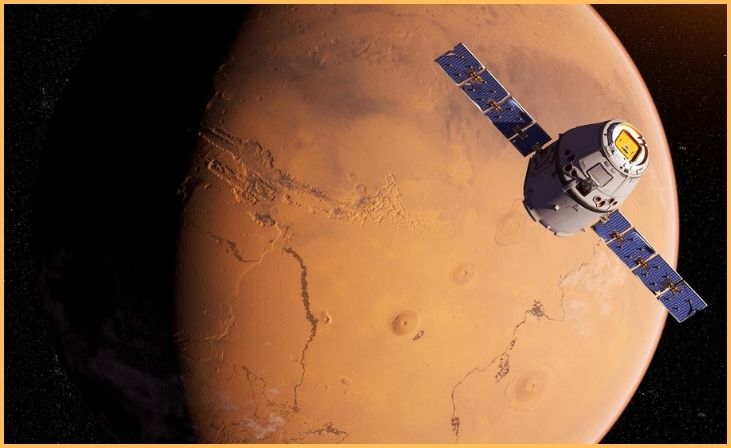
Expanding on the triumph of the Mars Orbiter Mission (Mangalyaan), ISRO introduces Mangalyaan-2, a sequel poised to elevate planetary exploration. This ambitious mission builds on the success of its predecessor and is equipped with advanced instruments designed to delve deeper into the mysteries of the Martian landscape. Mangalyaan-2 marks India’s continued commitment to space exploration and the scientific study of Mars.
With upgraded capabilities, the mission aims to unravel more about the Red Planet’s geology, atmosphere, and surface features. As a testament to ISRO’s technological advancements, Mangalyaan-2 reinforces India’s position in the global space community. The mission holds the promise of contributing valuable data to international efforts aimed at unraveling the complexities of Mars, fostering a deeper understanding of our neighboring planet and the broader solar system.
6. X-ray Polarimeter Satellite (2024)

Set for a 2024 launch, the X-ray Polarimeter Satellite takes center stage in probing cosmic X-rays, aiming to unlock the mysteries surrounding celestial phenomena. This dedicated mission is designed to unravel the nature of X-ray-emitting celestial bodies, providing valuable insights into the cosmic landscape. Armed with advanced instrumentation, the satellite is poised to enhance our understanding of high-energy astrophysical events. By focusing on X-ray polarimetry, the mission promises to shed light on the intricacies of magnetic fields and matter behavior in extreme cosmic conditions.
As a key player in India’s space exploration endeavors, the X-ray Polarimeter Satellite underscores ISRO’s commitment to pushing the boundaries of space science. The mission’s launch signifies a significant step toward decoding the enigma of X-ray emissions from celestial entities, contributing to the broader scientific exploration of the cosmos.
Read More: Top 5 Countries with Flags on the Moon In 2024
7. Shukrayaan-1 (Dec 2024/2025)
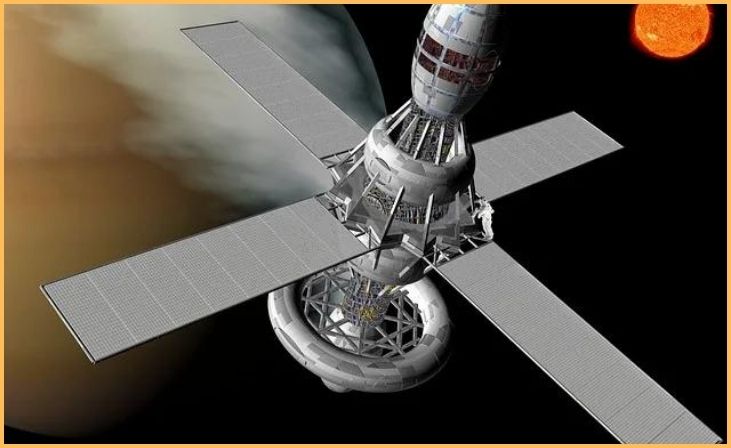
ISRO aims for Venusian exploration with Shukrayaan-1, the Venus Orbiter Mission, marking India’s ambitious entry into studying the enigmatic atmosphere of Venus. This venture signifies India’s growing role in planetary exploration and contributes to the global scientific community’s collective understanding of the second planet from the sun. Shukrayaan-1 is equipped with advanced instruments designed to unravel the mysteries surrounding Venus, enhancing our knowledge of its atmospheric composition and dynamics.
As part of India’s space exploration endeavors, this mission showcases the nation’s commitment to advancing planetary science. The launch of Shukrayaan-1 reinforces ISRO’s technological capabilities and positions India as a significant player in the exploration of celestial bodies within our solar system. With its focus on Venus, the mission promises to provide valuable data for scientists worldwide, fostering international collaboration in the pursuit of unraveling the complexities of our neighboring planets.
Final Words
In conclusion, the Indian Space Research Organisation (ISRO) has an impressive lineup of 12 significant missions planned for 2024, each poised to push the boundaries of India’s space capabilities. From satellite missions to collaborative efforts with NASA, ISRO’s upcoming projects represent a diverse range of scientific endeavors. The XPoSat mission, aimed at studying the 50 brightest objects in the universe, reflects ISRO’s commitment to astronomical research and exploration. The NISAR joint mission with NASA holds the promise of advancing our understanding of Earth’s surface through cutting-edge technology.
Additionally, the Gaganyaan-1 and Gaganyaan-2 missions mark a significant milestone for India’s space program, as the country prepares for its first manned space missions. As ISRO continues to expand its horizons, the upcoming missions in 2024 are set to contribute to the organization’s legacy of innovation and exploration, furthering India’s position in the global space community.
FAQs
The XPoSat mission is designed to study the 50 brightest objects in the universe, showcasing ISRO’s commitment to astronomical research and exploration. This mission holds the potential to contribute valuable insights into celestial phenomena and cosmic objects.
The NISAR mission, a collaborative effort between NASA and ISRO, aims to study Earth’s surface using advanced radar imaging technology. This joint mission holds the promise of enhancing our understanding of Earth’s dynamic processes and environmental changes.
The Gaganyaan-1 and Gaganyaan-2 missions mark India’s first manned space missions, with test runs scheduled for the near future. These missions represent a significant leap forward for India’s space program, demonstrating the country’s capabilities in human spaceflight.
The Mangalyaan-2 mission aims to continue India’s exploration of Mars, building on the success of the first Mars Orbiter Mission. This mission reflects ISRO’s ongoing commitment to planetary exploration and scientific discovery in the realm of space.


